How to Build a Dynamic Creative Optimization (DCO) Tool
Clearcode
JANUARY 22, 2023
What’s The Difference Between A Dynamic Creative Optimization (DCO) And Other Forms Of Ad Targeting? Does Dynamic Creative Optimization Use Third-Party Cookies? Everything happens on the fly, so the tool reduces ad production and delivery costs. A DCO tool can be used with display, social, video and audio ads.



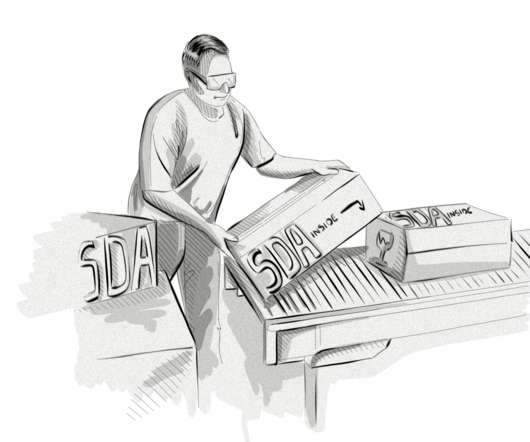
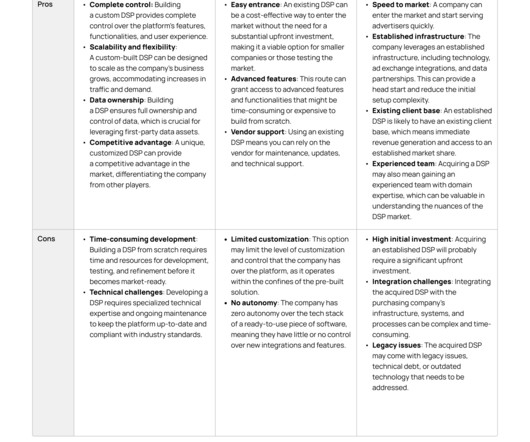
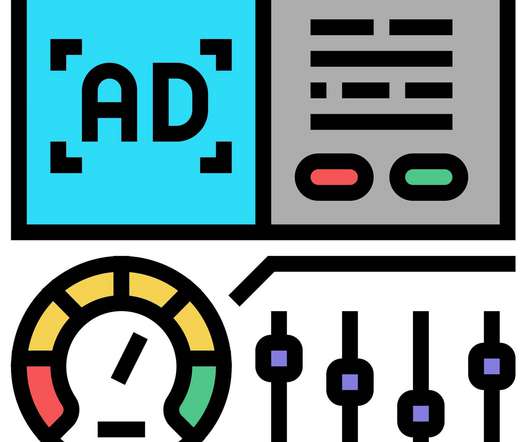
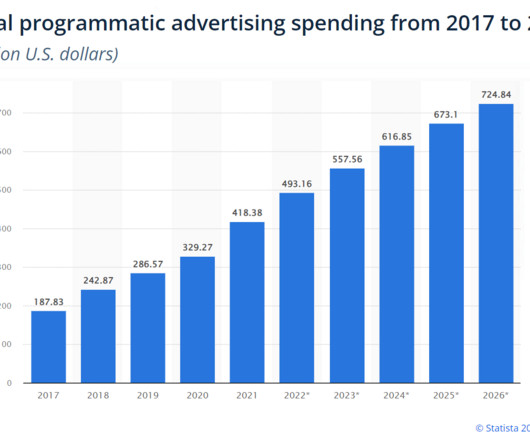
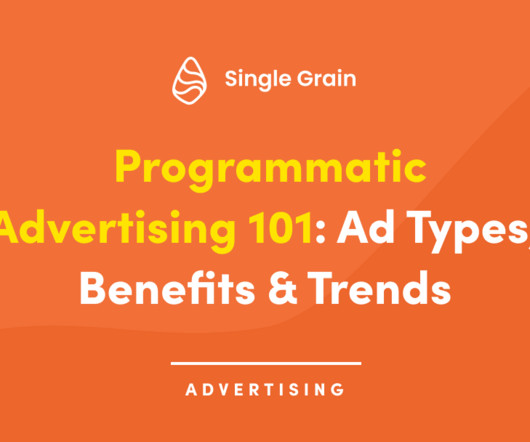






Let's personalize your content